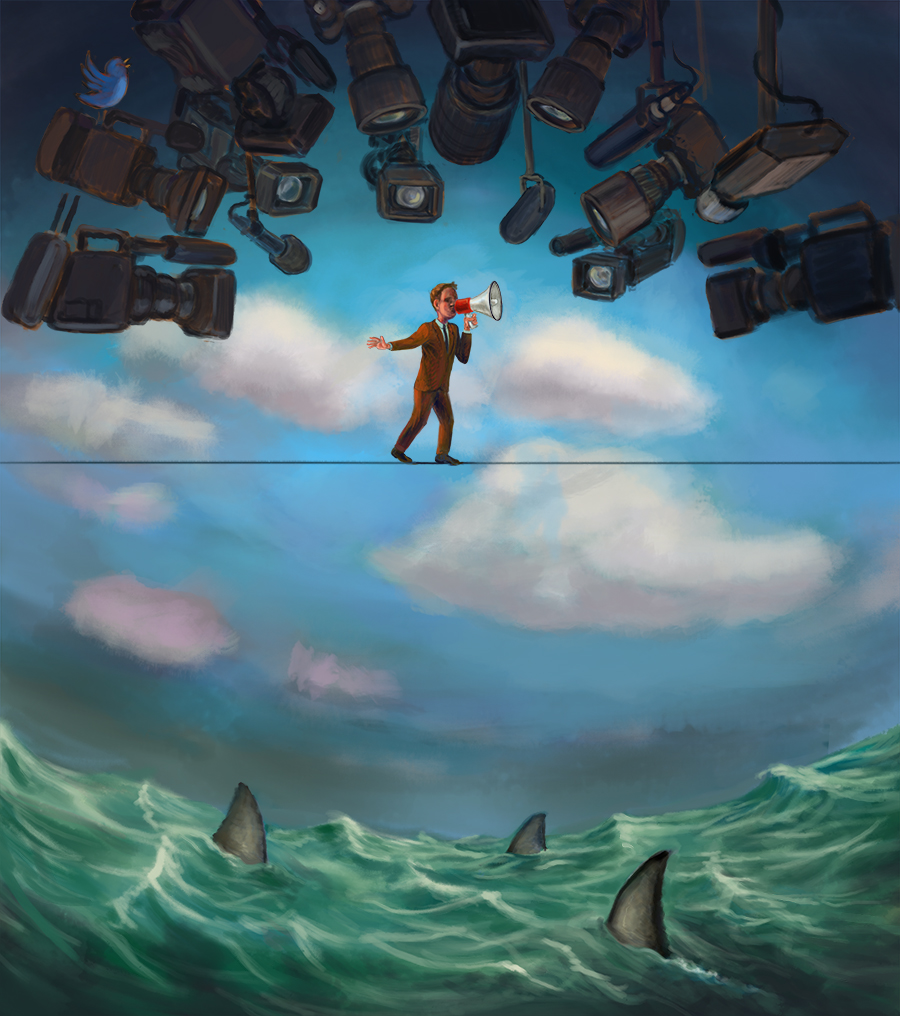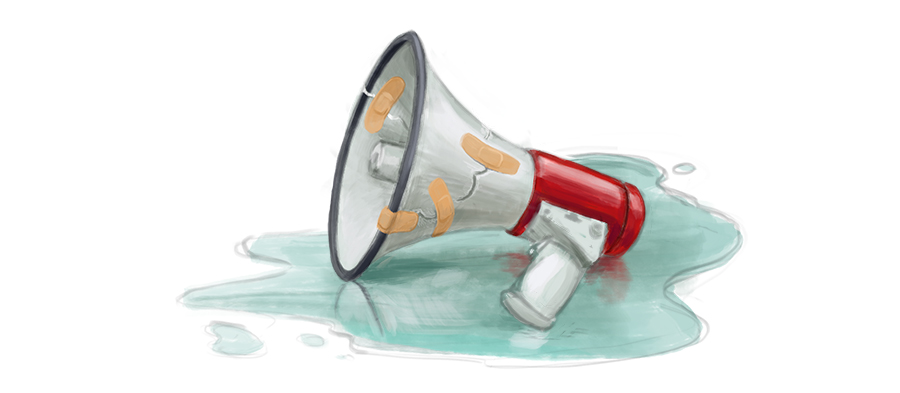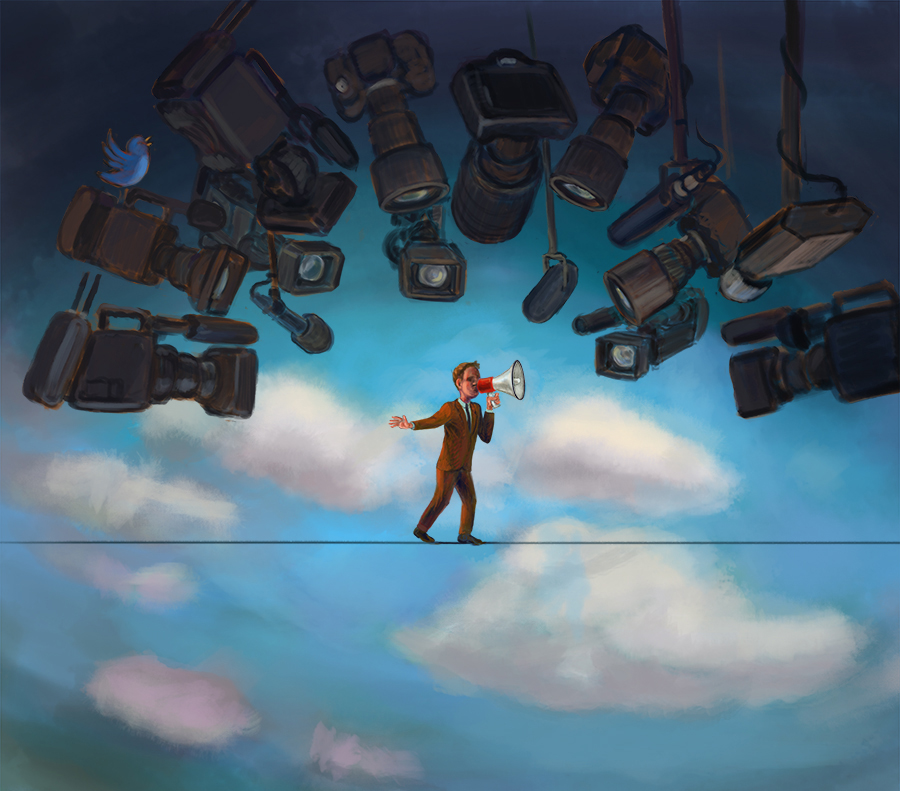
How’s your iPhone battery life doing these days? Is the charge percentage rapidly dwindling? Haven’t you heard? Apple faced lawsuits after it was discovered—and the company admitted—that battery life was purposely reduced as a result of a simple iPhone update.
That’s pretty low, considering people’s lives seemingly depend on a functioning cellular device.
Speaking of cell phone batteries, instead of losing charge, did yours explode? If you had a Samsung Galaxy Note 7, it just might have. Not only was the product recalled, but also the Consumer Product Safety Commission urged people to discontinue their use and lawsuits followed.
Ever bit into a foot-long Subway sub sandwich? You sure it was actually a foot long? Investigations in 2013 revealed that a number of the sandwiches were actually only 11 inches long. Lawsuits were filed and a nominal class action suit was settled. It was difficult to prove monetary damages because “the evidence was eaten,” an attorney involved in the case says.
Do you have only one Wells Fargo account? If not, did you mean to apply for a Wells Fargo line of credit and open a savings account as well? It was infamously discovered in 2016 that 1.5 million unauthorized deposit accounts and 565,433 credit accounts were opened by the bank from 2011-2016. Talk about a public relations nightmare.
Do major corporations have a conscience anymore?
“Realistically, all major companies will eventually have some type of ethical issue or mistake that will occur,” says O.C. Ferrell, the James T. Pursell, Sr. Eminent Scholar in Ethics at Harbert College. “Any large company or corporation in their annual report will probably report that they have been sued by somebody. It’s almost impossible to operate a large corporation without ethical violations.”
As the leader of a large organization, you’ve got to ask yourself: “Have we been completely honest with our clients?” “If not, how do we fix this?” “What about our reputation: How can we save it?” “Are we active stewards in the community?” “Do we align ourselves with political policies, ideologies or candidates that might negatively impact business?”
After all, brand value and connection with clients are the greatest assets of an organization.
Organizations perceived to be guilty of ethics breaches or deceiving customers can also become victimized themselves. What about rogue employees? “Walmart has two million employees,” Ferrell says. “Can you imagine having two million employees and not have any one of them engage in misconduct?”
Another factor isn’t intent, but ignorance. Power brokers high atop an office building might not realize the corners cut by their suppliers’ sub-contractors, the less-than-standard quality produce shipped by farming companies overseas, or perhaps illegal labor practices. How can companies put better reins on their supply chains in relation to the environmental footprints left behind?
“All environmental issues begin with strategic planning,” says Glenn Richey, the Raymond J. Harbert Eminent Scholar and Professor in supply chain management. “Company partners can’t survive with competing values. Companies need to develop governance metrics that set expectations quantitatively, and transparency needs to be achieved via visibility in strategy and traceability of processes.”
Beth Davis-Sramek, Gayle Parks Forehand Professorship in the Department of Systems & Tecnology, points out that consumers also play a role in carbon footprints. “Consumers demand variety and convenience—at a low cost,” she says. “The goal for most companies is to minimize their footprint while still meeting their strategic goals and meeting customer requirements.
“Patagonia, in particular, has pushed the apparel industry to look for innovative solutions for environmental challenges. However, Patagonia’s business model can more effectively leave a smaller carbon footprint because they have purposely limited their own growth. They can do this because they serve a niche market of customers and they can charge very high prices. As long as customers want low-cost products and as long as they want to fill their life with ‘stuff’, damage to the environment is likely. Companies generally get the blame, but ultimately, it’s consumers who are driving it.”
Companies, indeed, are learning that they must be corporate citizens. Harming resources that allow people in markets to thrive kills spending power, which thwarts economic growth.
“Because of science and technology advances, as well as improved visibility into global supply chains, executives have more information about natural resources and the state of long-term global supply of both natural and human capital,” Davis-Sramek says. “Rather than the combative and adversarial relationships of the past, we are seeing significant strides in collaborative initiatives between companies, NGOs (non-governmental organizations), and governments to reduce the environmental football that is a natural result of global commerce. Being green is just good business.”
Some mistakes, whether they harm the environment or occur in today’s growing cyber-world, are oversights or neglect. Take the case of Equifax and its infamous data breach. Cyber risk is another threat to corporate and public trust. “There is so much happening with the cloud, with data security, and information that companies are holding on their employees or customers,” says Linda Ferrell, Department of Marketing Chair at Harbert College. “You get these stealth attacks from the outside. These companies understand what the risks are. But the people who are trying to penetrate their systems are getting much smarter.”

The media has uncovered a corporate scandal, or alleged violation of consumer trust. What do you do?
“The first thing you have to do is figure out exactly what happened,” says Dave Ketchen, Lowder Eminent Scholar in Management. “Because the initial reports might not be completely accurate. It’s like when there’s a plumbing problem in your house. You need to figure out what’s wrong before you go about fixing it.”
The best course of action, according to Tara Wilson, CEO of the Fort Worth, Texas-based Tara Wilson Agency, is for organizations to immediately step up and take responsibility.
“It’s not a good idea to wait even one day to allow others to write your narrative,” says Wilson, a 1997 Harbert College graduate in finance and former senior financial adviser at Merrill Lynch who founded her experiential marketing and public relations firm in 2015. “Take ownership of the issue as swiftly as possible. Admit to having made a mistake and offer a genuine explanation as to what happened. Everyone experiences failure and the worst thing to do is point fingers and shift blame.”
Wilson says that once an organization acknowledges the issue, then it should immediately take the position of offering solutions to fix the problem. She also suggested that a company hire crisis management or public relations experts who can craft and manage messages around the issue, and your company’s course of action to resolve it.
“If a corporation steps forward, takes responsibility for a public failure, accepts criticism and provides a solution, then earning back trust and a leadership position in the marketplace might happen naturally over time,” she says. “If consumers believe a company, or brand they love, is being earnest and compassionate, they will likely continue to support its products. Being authentic and staying true to your company’s mission and values will get you back on track.”
Ketchen noted that some issues might not warrant a full-out public relations defense campaign. “If it’s relatively small, then ignore it and it will go away,” he says. “You see that a lot. The attention span of the media is so short these days that if you’re the bad guy today because your foot-long subs are only 11 inches, tomorrow there will be some other thing—especially given the divisiveness of society today. Nobody stays in the headlines for very long.
“You could actively attack the problem, but if you marshal too many resources, then it begins to look like ‘thou protesteth too much,’” he says. “By throwing millions of dollars at accusers who have relatively unvetted claims, you are basically pleading guilty and throwing gasoline into a fire.”
Organizations don’t just make money. Sometimes they give it back. Corporate philanthropy can be viewed as a responsibility to a community, or an excellent PR move. According to the National Philanthropic Trust, corporations made $18.6 billion in charitable contributions in 2016, a 3.5 percent increase from 2015. Pharmaceutical giant Gilead Sciences led all Fortune 500 corporations in charitable giving with $446.7 million in 2015. Other top corporations included Walmart ($301 million), Wells Fargo ($281.3 million) and Goldman Sachs ($276.4 million).
So, corporations do have a conscience after all?
“Philanthropy should be part of a company or brand’s DNA if its genuine or driven by its top leaders,” Wilson says. “A charitable cause aligns and energizes a company, while building an internal culture that employees can rally around.” Wilson also says that corporate charities can also “serve as the public face of a company and signify what it stands for in the community.”
Is the giving sincere, or an advertisement? People can look at it two ways, Ketchen says.
“It all comes down to whether you’re a pessimist or an optimist,” he says. “If you’re a pessimist, you’re going to be cynical about it. If you’re an optimist, you’re going to say that they do it because they recognize that they have the ability to make improvements that most people don’t have. They have resources at their disposal that the man or woman on the street does not have, so they choose to take on those responsibilities. But if you’re doing it for the wrong reasons, it comes off as insincere.”
And that can be a PR nightmare.
“Consumers are very sophisticated and intelligent,” Wilson says. “If a brand is behaving disingenuously, it will be transparent to consumers. If it isn’t sincere, consumers might stop supporting a brand and distance themselves either emotionally, or with their dollars.”
O.C. Ferrell has another point of view. “Very often, social responsibility and helping the community is viewed as strictly philanthropic – that the way you do good is you give rather than asking yourself, ‘How can we really make a difference in society through our business operations?’ There are other ways you can be more involved. Have your company do volunteer work or do things that incorporate social responsibility into the operations of the business.”
Your favorite beverage company was touted for giving millions to charity, but then it aligned with something against your political beliefs. Perhaps it donated funds to the pro-choice movement or channeled campaign dollars to a controversial politician. For corporations, is getting involved in politics a risky game?
“As a CEO, if you’re supporting an unpopular elected official, I would expect people to voice their opinions,” Wilson says. “You might even anticipate backlash as people are unpredictable. They vote with their dollars and if they feel that their personal values no longer align with a company or brand they once admired, then they might cease to buy that company’s products or support them in the future.”
Ketchen says it might be best for some top corporations to remain vanilla when it comes to politics. “But in the end, everybody’s money is green, whether you’re a Democrat or Republican.” Ketchen cites President Teddy Roosevelt, who battled powerful corporate trusts. “Teddy Roosevelt didn’t have Twitter where he could get on there and bash trusts, call them sad, pathetic and evil, in 140 characters or less.”
Too bad Roosevelt didn’t have an iPhone, which leads us back to Apple and those dwindling batteries. To regain trust in the marketplace, Apple has offered $29 iPhone battery replacements for those affected. The retail price for an iPhone battery is $79.
“Apple was brutally honest,” Linda Ferrell says. “I think that’s amazing.”

